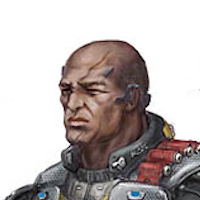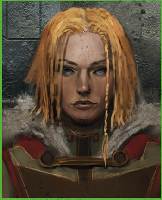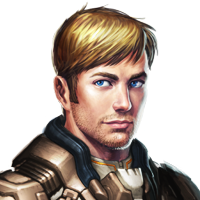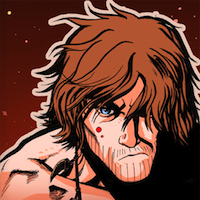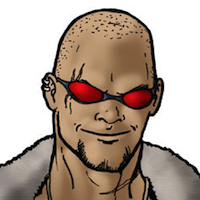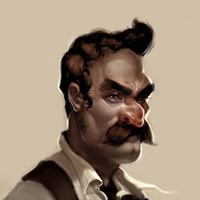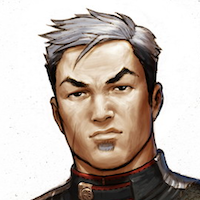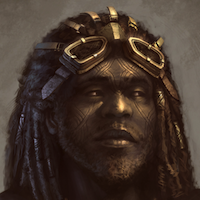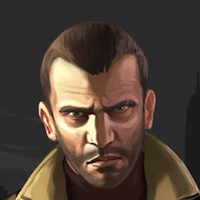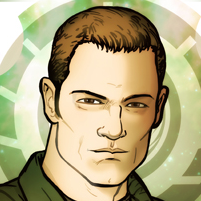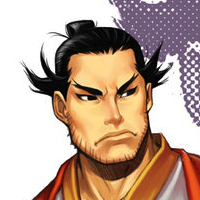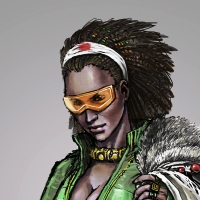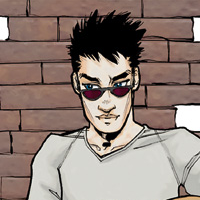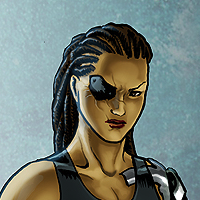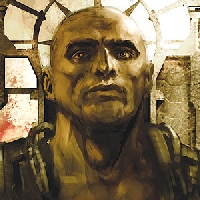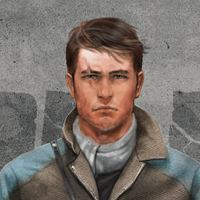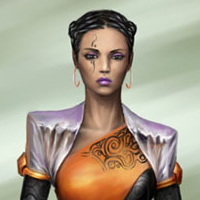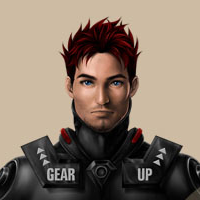After the campaign for Solaris VII in 3072, the Monkeys expanded from a einforced mech company to two full companies. Each company is organized along similar highly specialized lines. One lance is made up of durable heavies with enough long-range firepower to establish fire support and act as an anchor for the remaining forces. One lance is made up of highly mobile medium mechs that act as harrassers and flankers. The remaining lance is a mix of faster heavy and medium mechs that have enough flexibility to close or stand off with the enemy.
Given their gladitorial origins, it is not surprising that narly all of the Monkeys’ mechs are heavily customized by their pilots. While the Monkeys employ a wide variety of mech designs and refits, one important design principle is always followed: every mech is outfitted with jump jets. The Monkeys’ tactical doctrine emphasizes maneuverability and flexibility and Commander Bane sees jump capabilities as necessary to meet those goals. For the same reason, the Monkeys rarely utilize assault mechs. Commander Bane considers them too slow for the Monkeys’ style.
The Monkeys’ greatest weakness is their lack of heavy long-range firepower. They tend to prefer to use terrain to bring them within a medium to short range bracket for skirmishing.
After the campaign for Solaris VII in 3072, the Monkeys expanded their reinforced company into two separate companies. First company is Commander Taharqa Bane’s command.
Silverback lance is the Monkeys’ overall command lance and the anchor unit for First Company. Silverback is designed to operate from a longer distance than other Monkey lances, acting as fire support and allowing Bane to direct traffic.
All the mechs in Silverback are heavy units with the same movement profile. They also use either standard or light fusion engines so that they are more durable on the battlefield. This allows the Silverbacks to increase accuracy by remaining stationary without too great a concern for return fire.
Since Commander Bane’s attention is often focused on overall command of the Monkeys, Gerda Wolf serves as second in command of the lance.
The Baboons are a “utility” lance. Composed of heavy and medium mechs with a walking speed of at lest 50 kph and a variety of weapon loadouts, they can act in a variety of roles. Given that their long-range impact is not great, their preferred role is to close with the enemy and wreak havoc by jumping around and letting loose with short range salvos. The baboons have racked up a significant number of kills with this technique, but they have also been the Monkey unit “in the crosshairs” the most, as it were, contributing to a hefty amount of equipment loss and costly damage.
The Baboons have been re-organized considerably as the Monkeys have expanded, but Lt. Ishmael “Playboy” Mohammed has remained the commanding officer throughout. Cooper Jackson has also been a member of the Baboons from the beginning.
The Spider Monkey lance originated with the members of Felipe Braga’s Buzzing Bees mercenary group when they merged with the Monkeys. The Buzzing Bees used fast, light mechs and so they took on the role of flankers and harassers in the Monkeys.
Felipe Braga still commands the Spider Monkeys, but Xiao Xen is the only other former Bee still in the lance. Jasmina Kalasa now commands a similar lance in Second Company and Desiree Sheikh was captured by Blakists on Dieron.
The lance has also gotten heavier and is now composed entirely of very fast medium mechs . They continue to act as harassers and flankers, keeping the enemy distracted so the remaining Monkeys can bring in the big guns. The Spider Monkeys also specialize in point-blank rear attacks, often involving melee weapons. The optimal strategy of the Spider Monkeys is to get within “hugging distance” in the rear of a heavier opponent and then let loose with every weapon, arm, and leg available. This strategy has proven to be highly effective, although the Spider Monkeys will often “prowl” at the edges of a conflict for some time, waiting for the right opportunity to present itself.
-
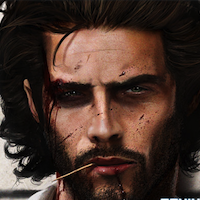 Mechwarrior Zdenek Malek, Wraith TR5
Mechwarrior Zdenek Malek, Wraith TR5
-
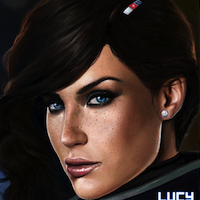 Mechwarrior Malvina Genovese, Phoenix Hawk PXH-3PL
Mechwarrior Malvina Genovese, Phoenix Hawk PXH-3PL
After the campaign for Solaris VII in 3072, the Monkeys expanded their reinforced company into two separate companies. Second company is Major Tsepo Mbeki’s command.
Gorilla Lance is the command lance for Second Company. It is organized along similar lines to Silverback lance in First Company. The heavy mechs of the lance provide an anchor and fire support for the more mobile mechs of Bonobo and Lemur lances.
Bonobo lance is the utility lance for Second Company, comprised of heavy and medium mechs that have the firepower, armor, and maneuverability to fill a variety of roles.
-
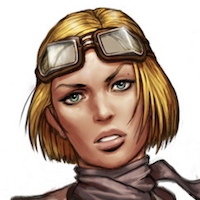 Lieutenant McKenzie Bishop, Black Hawk-KU BHKU-OE
Lieutenant McKenzie Bishop, Black Hawk-KU BHKU-OE
-
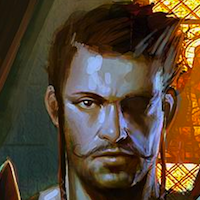 Mechwarrior Vincente Cabrera, Crab Chupacabra
Mechwarrior Vincente Cabrera, Crab Chupacabra
-
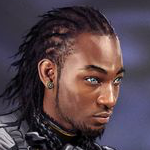 Mechwarrior Seifu Kwasi, Komodo KIM-2
Mechwarrior Seifu Kwasi, Komodo KIM-2
Lemur lance is comprised of speedy medium mechs that act as flankers and harrassers for the rest of Second Company, in the same role as the Spider Monkeys of First Company, from which Lt. Kalasa and Cruz were pulled when the Monkeys expanded their unit.
-
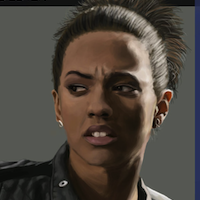 Mechwarrior Naseeba Jones, Wraith Biz
Mechwarrior Naseeba Jones, Wraith Biz
-
 Mechwarrior Liam Ramsay, Nightsky Walkabout
Mechwarrior Liam Ramsay, Nightsky Walkabout
-
 Mechwarrior Keshav, Toyama Guru Mk II
Mechwarrior Keshav, Toyama Guru Mk II
-
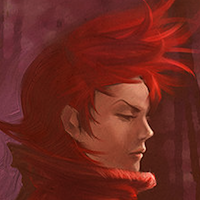 Mechwarrior Jillian Sian-Marik, Deva Prophet Mk II
Mechwarrior Jillian Sian-Marik, Deva Prophet Mk II
-
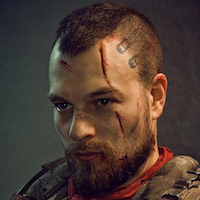 Mechwarrior Cortez Ohara, Phoenix Hawk Street
Mechwarrior Cortez Ohara, Phoenix Hawk Street
The Monkeys were originally an all mech unit, but after they acquired their own dropship, Commander Bane felt that the Monkeys needed some aerospace cover. The Aerospace Squadron is still understrength with only two Air Lances. They primarily provide air to ground fire support for ground operations, either through bombing or strafing. Their secondary role is to provide cover for the dropships during the in-system approach and landing.
The Marmosets are made up of two assault class fighters and are typically either deployed to guard the in-system runs of the Monkeys dropships or to engage in bombing runs for ground support.
The Stingrays of Tamarin Air Lance were heavily customized to provide excellent strafing attacks in support of mech ground support. Unfortunately, Lt. Serek’s original Stringray crashed in a recent engagement. Although the Monkeys have acquired a replacement, it has not yet been customized in the same way.
-
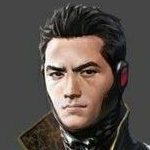 Lieutenant Cittaprabha Chittibabu, Dagger DARO-1
Lieutenant Cittaprabha Chittibabu, Dagger DARO-1
-
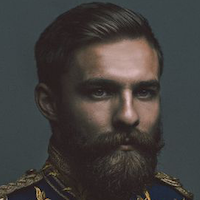 Pilot James Scott, Dagger DARO-1
Pilot James Scott, Dagger DARO-1
Like most mercenary units, the Monkeys find it too costly to deploy infantry for frontline combat, as foot soldiers are less likely to want to serve as PPC fodder for money than for national pride. They do however employ a company of infantry to provide for specialists operations. The most important tasks provided by the infantry are recon and security, but they are also tasked with supporting salvage operations, search and rescue, and anti-personnel work when the need arises.
The infantry support team has grown from an initial grab-bag of soldiers, bouncers, and security personnel that the Monkeys acquired while still on Solaris VII to three platoons of specialized and well-trained soldiers. Many of these soldiers joined the Monkeys from the remains of another mercenary command, Vlad’s Volunteers, after the debacle on Gienah.
The Guard Monkeys are the backbone of the infantry support company. Their primary responsibility is base security. Their secondary responsibility is to provide security for salvage operations along with the Scavenger Monkeys.
The Guard Monkeys are typically deployed as seven-man foot squads with two heavy MGs per squad, in order to provide anti-personnel firepower. They also maintain four RRV “Rock Rover” Half Tracks that have been modified to allow two MGs in the turret. When deployed in this fashion, they operate as mechanized tracked squads.
-
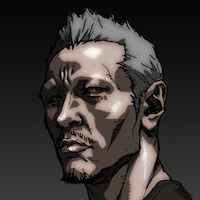 Captain Felix Lee, Mechanized Tracked Squad Guard
Captain Felix Lee, Mechanized Tracked Squad Guard
-
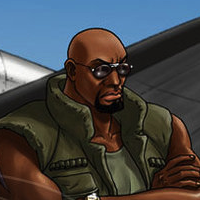 Lieutenant Moses Freeman, Mechanized Tracked Squad Guard
Lieutenant Moses Freeman, Mechanized Tracked Squad Guard
-
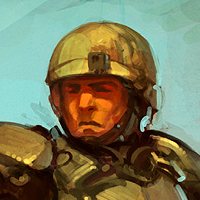 Master Sergeant Michael Turner, Mechanized Tracked Squad Guard
Master Sergeant Michael Turner, Mechanized Tracked Squad Guard
-
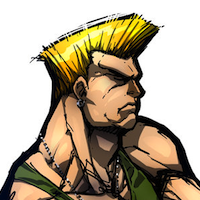 Sergeant Rogan O'Loughran, Mechanized Tracked Squad Guard
Sergeant Rogan O'Loughran, Mechanized Tracked Squad Guard
-
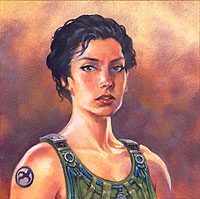 Sergeant Maria Ananas, Mechanized Tracked Squad Guard
Sergeant Maria Ananas, Mechanized Tracked Squad Guard
The Scavenger Monkeys are the utility platoon of the infantry support company. They primarily operate as seven-man foot squads armed with auto-rifles. Two squads are trained as fieldworks and minesweeping engineers, and the remaining two squads contain trained paramedics. All members have rudimentary Tech training as well.
The primary responsibilities of the Scav Monkeys are to provide support for salvage operations and to engage in search and rescue missions. Their secondary responsibility is to provide base security along with the Guard Monkeys. When supporting salvage operations, they will typically load into their APCs to reach the salvage site quickly. Once on site, the Guard Monkeys will establish a perimeter, while the Scav Monkeys round up survivors/stragglers, clear debris/explosive material, and apply first aid where needed. Once the techs arrive on site with recovery vehicles, the Scav Monkeys will then assist with salvage operations.
The Scav Monkeys also maintain a Swiftram VTOL that is used for search and rescue operations, often jointly with the Karnov VTOL attached to the Ghost Monkeys.
-
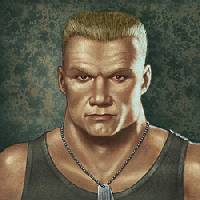 Lieutenant Jari Haglund, Foot Squad Scavenger
Lieutenant Jari Haglund, Foot Squad Scavenger
-
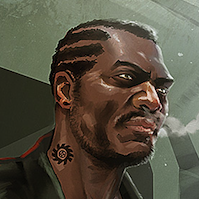 Sergeant Nahib Murunga, Foot Squad Scavenger
Sergeant Nahib Murunga, Foot Squad Scavenger
-
 Sergeant Kyla MacClacher, Foot Squad Scavenger
Sergeant Kyla MacClacher, Foot Squad Scavenger
-
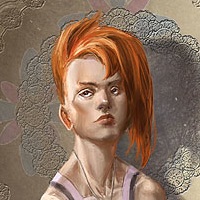 Sergeant Jaymie Murphy, Foot Squad Scavenger
Sergeant Jaymie Murphy, Foot Squad Scavenger
The Ghost platoon is the primary recon unit for the Monkeys. The Ghost Monkeys are primarily used as spotters and are never used to engage anything other than enemy infantry. Typically, the Ghost Monkeys are deployed in five-man squads and are equipped with sniper rifles, Camo/IR/ECM sneak suits, and jump packs. They also maintain hover skimmers (Motorized hover) that can be used for long-distance operations. They are trained as sensor and demolition engineers and as paratroopers.
When rapid deployment is essential, the Ghost Monkeys can be deployed quickly aboard the Karnov VTOL. The Ghost Monkeys have also begun training to use the VTOL to support covert insertions.
The Ghost Monkeys primarily originated with contacts and recruits of Lt. Kati Wilhelm on Solaris VII. The Ghost Monkeys tend to think of themselves differently than the simple grunts of Guard and Scav platoon and some friction has resulted.
-
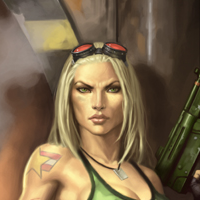 Lieutenant Kati Wilhelm, Jump Squad Ghost
Lieutenant Kati Wilhelm, Jump Squad Ghost
-
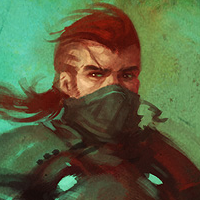 Sergeant Phil Black, Jump Squad Ghost
Sergeant Phil Black, Jump Squad Ghost
-
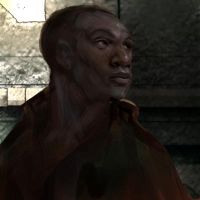 Sergeant Kasib bin Essam, Jump Squad Ghost
Sergeant Kasib bin Essam, Jump Squad Ghost
-
 Sergeant Colin Bellas, Jump Squad Ghost
Sergeant Colin Bellas, Jump Squad Ghost
-
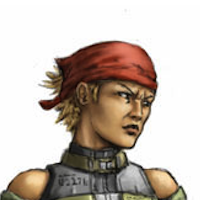 Captain Miriam Baxter, Union (2708)
Captain Miriam Baxter, Union (2708)
-
 Captain Alexander Paulus, Invader Jumpship (2631) (PPC)
Captain Alexander Paulus, Invader Jumpship (2631) (PPC)
-
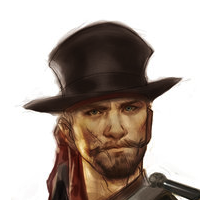 Commander Omar Tale, Mule (2737)
Commander Omar Tale, Mule (2737)
-
 Commander Jose Duran, Union (2708)
Commander Jose Duran, Union (2708)
-
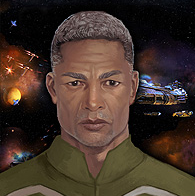 Commander Jon Mthuthuzeli, Leopard (2537)
Commander Jon Mthuthuzeli, Leopard (2537)
-
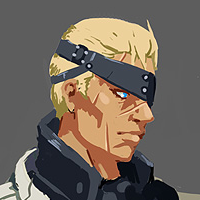 Commander Henrick Schwartz, Leopard (2537)
Commander Henrick Schwartz, Leopard (2537)
